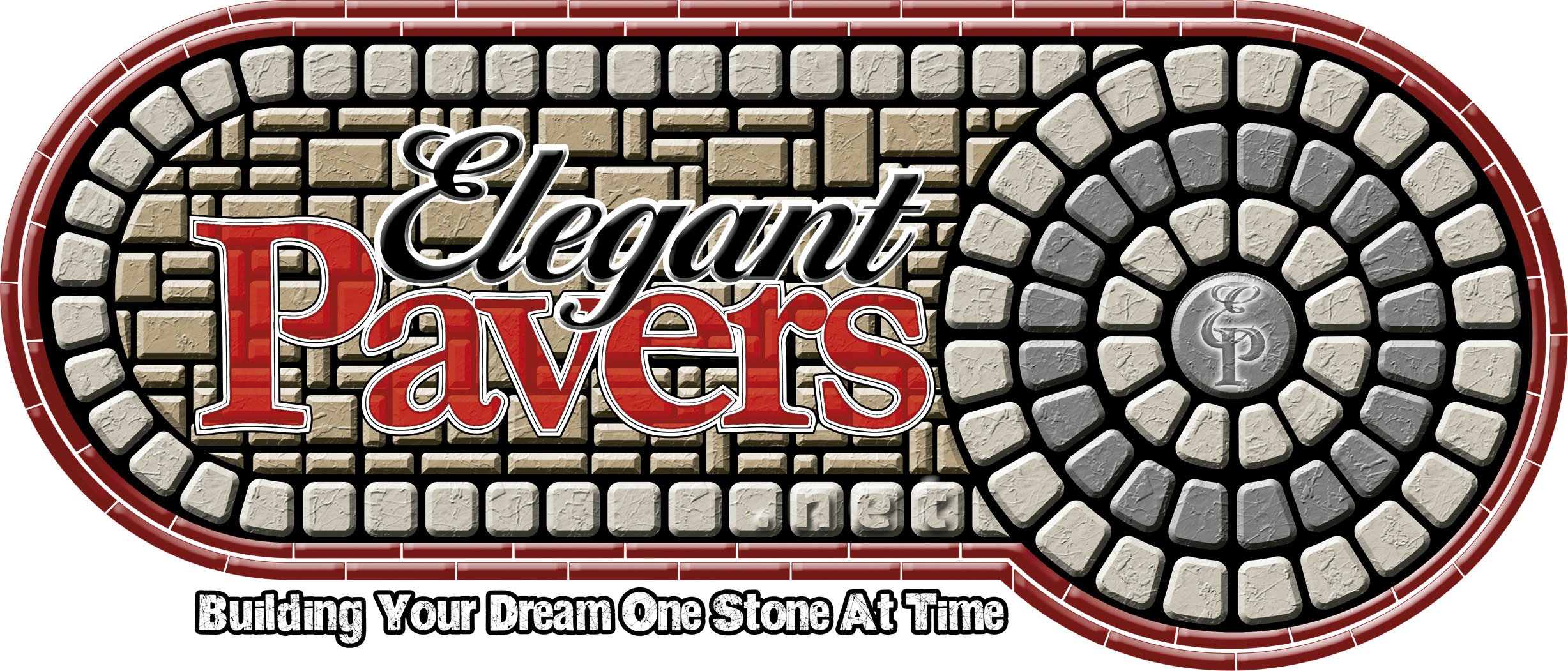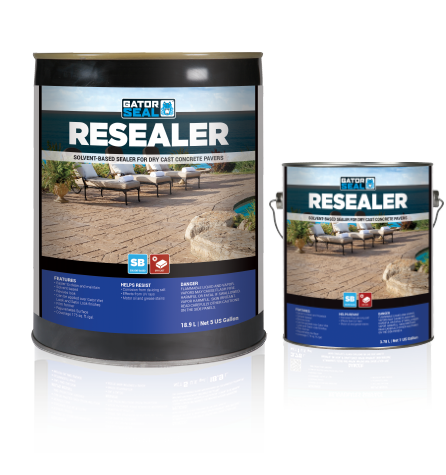How We Clean Your Pavers?
To clean the paver area, we begin using a commercial grade surface cleaner that has a rotating bar with 2 spray tips. This operates at 3500-4000 psi and will thoroughly scrub the pavers and paver joints without causing damage. We then "cross wash" the paver area again, so it gets "double scrubbed" to ensure they're clean, and to help remove algae buildup or dirty sand between the paver joints.
We then use a wand to pressure wash around all edges, corners, columns, etc. Pool areas also get detailed around the pool screen, pool coping, hot tubs, and other water features. The wand helps remove paint spots, mortar, grease, and more from the surface of your pavers.
After the washing process, we thouroughly rinse all dirt and debris from the paver area. Flusing the mold and algae from the paver joints is a key part of the rinsing process. Once the pavers are cleaned and rinsed thoroughly, we can then see the actual condition of the pavers, remove additional stains, etc.
Algaecide Deep Treatment
Some paver systems need our exclusive algaecide deep treatment where the paver joints are flooded with our algaecide/ sodium hypochlorite mixture and allowed to dwell, which will help kill additional mold and weeds between paver joints and under the paver system. This is particularly important step with older paver systems, and thin paver systems that are laid over concrete. After the appropriate dwell time, we then rinse all pavers again before beginning the resanding process.
Resanding The Paver Joints
Resanding the paver joints is a very important step in the restoration process, as the sand provides the stability of your entire paver system. We use a coarse-grained, washed silica sand and fill to within approximately 1/8" of the paver edge using the "wet sanding" method. Wet sanding is betther than sweeping because the wet sand settles to the lowest point and allows us to fill all paver joints properly and rinse away the excess.
Once the sanding of the paver joints is complete, we use a blower to blow any excess sand off the pavers before applying the sealer.
Cleaning Paving Stone Surfaces
Pavers and hardscapes are an increasingly popular option for additions of outdoor living spaces. Not only are they amazingly beautiful, but also very durable and low maintenance. However, they are still outdoors and exposed to the elements and require care to keep them in good condition. It is there where we enter. As pavers spend more and more time outdoors, certain elements are bound to reach their surface and could cause staining. Those elements include: Oil, Grease, Leaves, Dust, Tire tracks, Mold and algae growth. There are also elements that cause actual damage to pavers including splitting and cracking: Salting, Freeze-thaw cycle, Acid rain.
1 Remove furniture and plants.
2 Clear moss and weed growth.
3 Saturate the paver surface.
4 Prepare a mild cleaning solution.
5 Brush the pavers with a stiff brush.
6 Rinse down the area.
7 Use more powerful treatments cautiously.
8 Re-sand your pavers once dry.
9 Mist the sanded pavers.
Dirty, Dull Surface
If your pavers and hardscapes are already suffering from the elements Elegant Pavers can help. We have a proprietary line of products formulated to treat stains uniquely based on their source. After removing stubborn stains Elegant Pavers applies a cleaner that allows us to rinse away efflorescence and ground-in dirt. The cleaning process restores pavers and hardscapes back to like new condition.




